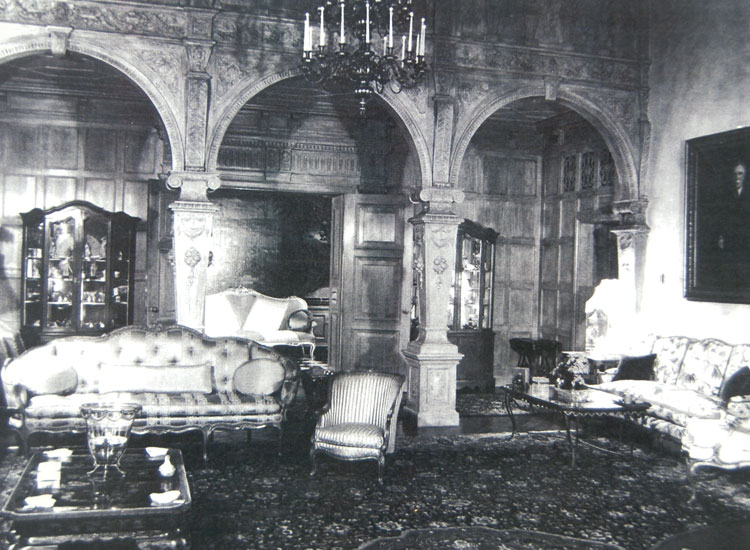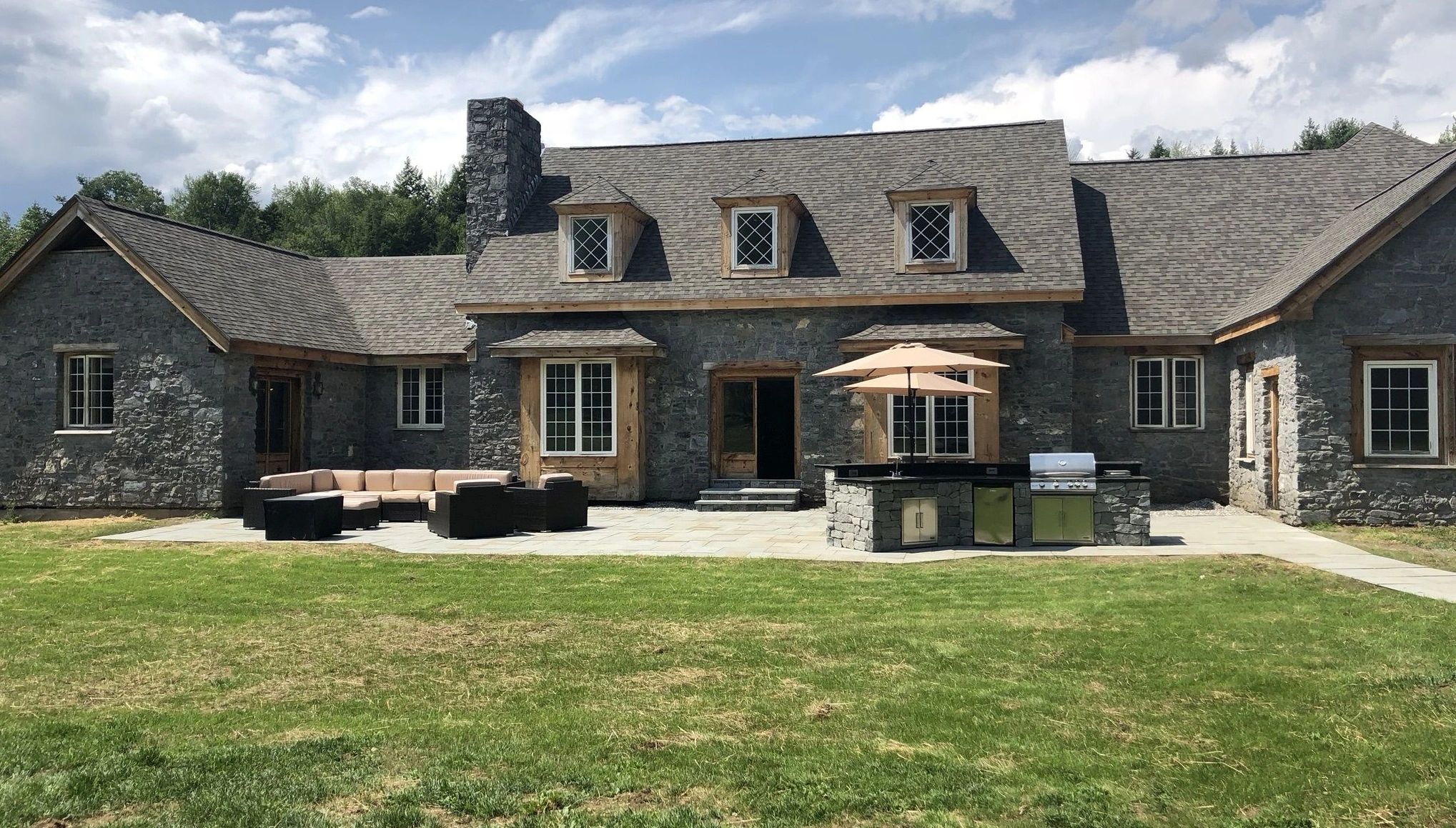
It is not an especially graceful or well-proportioned building, just a bit too tall for its width and giving the impression that it has been haphazardly assembled of all the pieces the owner thought should go into a rich man’s house: a porticoed front door, bay windows, terraces, a conservatory.

The house is late Victorian, built for the founder of Hambleton’s, the toffee manufacturers, in 1890. The sycamore has outgrown the lawn and towers threateningly over the house, the ivy covers more of the grey stone. The garden is looking a bit rough around the edges now. It is a large house, a house which announces itself to the world, and if it spoke louder to me as a boy than it does to me now, it is still the same Greystone: sitting foursquare in the garden, with its smooth lawns and yew hedges and yes, even with the big urns filled with geraniums either side of the front door steps. But I know this must be it, and as I continue down the drive an earlier perspective reasserts itself.

In my memory Greystone House is more imposing, more extravagant in its collection of gables and chimneys and outbuildings. We begin in archaic Greece, with a story which was already old when Homer composed his epics.I walk through the gates of 22 Andover Lane, and for a moment I wonder if I have come to the right place. By following these stories and the changes they underwent through the centuries Straightforward attempts to answer two related questions: 'When and why did the heterosexual ideal become normative in our narrative tradition?' and 'What was there before?' It is a study not of the loves of real people, but of the ideal of love as it found expression in stories, stories which were often retold and reimagined by new generations and new cultures. Straightforward examines how we got from there to here. The reason for this is also not hard to find: as it does now, 'love' in the ancient world meant the affection of equals, and given the inferior position of women in Greek and Roman society, between the sexes is not usually where love is to be found. Very few will come up with a classical example, and the reason for this is simple: when you say archetypal, it is assumed you mean love between a man and a woman, and instances of this in classical accounts are rare. When asked to name an archetypal love story, most people will reply 'Romeo & Juliet', although some say 'Tristan & Isolde' instead.


 0 kommentar(er)
0 kommentar(er)
